In today’s fast-paced digital world, Artificial Intelligence (AI) has transformed how we live and work. But amidst the buzz of virtual assistants and self-driving cars, there’s one burning question: Will AI take over video editing? Enter OpenAI’s Sora—a potential game-changer in the realm of visual storytelling. Will OpenAI’s Sora Replace The Video Editors In The Future? This tantalizing prospect leaves us pondering the future of creativity and innovation.
Forget hours of tedious editing – Sora takes written instructions or static images and transforms them into polished videos in minutes. From dynamic characters to lifelike backgrounds, Sora’s AI prowess ensures every detail is picture-perfect. Join us as we explore the exciting possibilities and potential pitfalls of AI in the editing room.
What is OpenAI Sora?
Introducing Sora, OpenAI’s groundbreaking software poised to revolutionize video editing as we know it. With Sora, creating captivating videos has never been easier.
Picture this: You provide a text prompt, and Sora effortlessly translates it into a captivating video that mirrors your description. Whether you’re an amateur filmmaker or a seasoned content creator, Sora offers a seamless experience, eliminating the complexities of traditional editing software.
With Sora, creativity knows no bounds. From majestic landscapes to futuristic cityscapes, Sora brings your imagination to life with stunning realism. And its intuitive interface ensures that anyone, regardless of skill level, can wield its power with ease.
Whether you’re a seasoned editor or new to the game, Sora’s intuitive interface makes video creation accessible to all. Say goodbye to complexity and hello to creativity with Sora by your side.
Will Sora AI Replace Video Editors In The Future?
Video editing is a delicate dance between technical prowess and artistic expression, where every cut, transition, and effect contributes to a larger narrative. It’s a craft that requires a blend of technical skills and creative vision to transform raw footage into captivating stories that resonate with audiences. At the heart of it all are video editors – not just technicians, but storytellers, artists, and creators who breathe life into visuals with their intuition and imagination.
AI as a Valuable Assistant, Not a Replacement:
In recent years, Artificial Intelligence (AI) has emerged as a powerful ally in the world of video editing. Tools like OpenAI’s Sora offer automated features that streamline processes such as scene detection and editing algorithms. However, it’s essential to recognize that AI is not poised to replace video editors altogether.
While AI can enhance efficiency and productivity, it still lacks the depth of human creativity and emotional intelligence essential for crafting truly impactful narratives.
Sora’s Role in Video Creation:
OpenAI’s Sora undoubtedly has a place in the content creation landscape, offering valuable assistance to editors in tasks like color correction and audio syncing. Yet, it’s crucial to acknowledge that Sora is still evolving and has limitations in replicating the nuanced storytelling and artistic choices that human editors bring to the table.
Sora’s unveiling caused quite a stir in the market, leaving many astonished by its impressive capabilities. The impact was so profound that even Tyler Perry, amidst an $800 million studio expansion, paused to take notice of Sora’s release, expressing concerns about the model’s potential implications.
Rather than seeing AI as a threat, it should be embraced as a helpful tool that complements and amplifies human creativity.
Discover Sora AI’s Incredible Video Creations
OpenAI, alongside CEO Sam Altman, has been actively showcasing the capabilities of Sora through various examples. From captivating styles to diverse examples, they’ve provided glimpses into the potential of this innovative tool.
Prompt 1: Animated scene features a close-up of a short fluffy monster kneeling beside a melting red candle. The art style is 3D and realistic, with a focus on lighting and texture. The mood of the painting is one of wonder and curiosity, as the monster gazes at the flame with wide eyes and open mouth. Its pose and expression convey a sense of innocence and playfulness, as if it is exploring the world around it for the first time. The use of warm colors and dramatic lighting further enhances the cozy atmosphere of the image.
Prompt 2: A litter of golden retriever puppies playing in the snow. Their heads pop out of the snow, covered in.
Prompt 3: Photorealistic closeup video of two pirate ships battling each other as they sail inside a cup of coffee.
Prompt 4: Several giant wooly mammoths approach treading through a snowy meadow, their long wooly fur lightly blows in the wind as they walk, snow covered trees and dramatic snow capped mountains in the distance, mid afternoon light with wispy clouds and a sun high in the distance creates a warm glow, the low camera view is stunning capturing the large furry mammal with beautiful photography, depth of field.
How Does Sora AI Work?
Like the cutting-edge text-to-image generative AI models like DALL·E 3, StableDiffusion, and Midjourney, Sora operates as a diffusion model.
This means that it begins with each frame of the video as static noise and employs machine learning techniques to progressively morph the images into a representation resembling the provided description. Sora’s capabilities extend to creating videos of up to 60 seconds in duration.
The Rise of AI in Video Editing
According to a report by Market Research Future, the global video editing software market is projected to reach $5.2 billion (approx) by 2028, driven by the increasing demand for advanced editing tools and the adoption of AI-powered solutions.
AI-powered tools are rapidly evolving, offering capabilities that were once exclusive to skilled human editors. From automated scene detection to sophisticated editing algorithms, AI systems can analyze footage, apply edits, and even generate entirely new content autonomously. Companies like Adobe and Blackmagic Design are integrating AI features into their editing software, streamlining workflows and empowering users with intelligent editing assistance.
The Reality of AI in Video Editing
While AI holds immense potential to revolutionize video editing, it’s crucial to recognize that it’s not a one-size-fits-all solution. Human editors bring unique insights, intuition, and emotional intelligence to the editing process, aspects that AI algorithms struggle to replicate.
Instead of viewing AI as a threat, industry professionals should embrace it as a complementary tool that enhances creativity, productivity, and efficiency.
Sora AI: Discovering Its Exciting Possibilities
Sora, the latest innovation from OpenAI, is changing the landscape of video creation with its powerful text-to-video capabilities. Here’s how Sora is reshaping the way we think about video production:
1. Versatile Video Creation
- Sora offers the flexibility to generate videos from scratch or extend existing ones, making it an invaluable tool for content creators.
- It can seamlessly fill in missing frames from videos, ensuring smooth transitions and continuity in footage.
2. Social Media Mastery
- For social media enthusiasts, Sora simplifies the process of creating engaging short-form videos for platforms like TikTok, Instagram Reels, and YouTube Shorts.
- With Sora, even scenes that are difficult or impossible to film can be brought to life effortlessly, opening up a world of creative possibilities.
3. Cost-Effective Marketing Solutions
- Traditional methods of creating advertisements, promotional videos, and product demos can be costly. Sora changes the game by offering a more affordable alternative.
- Businesses can save both time and money by leveraging Sora to produce high-quality marketing content, whether it’s showcasing a tourist destination or unveiling a new product.
4. Rapid Prototyping and Concept Visualization
- AI-generated videos are invaluable for quickly demonstrating ideas and concepts. Filmmakers can use Sora for scene mockups, while designers can visualize products before production.
- This rapid prototyping capability is especially useful for industries like toy manufacturing, where companies can test ideas before committing to large-scale production.
5. Synthetic Data Generation
- Sora isn’t just for creating visuals—it’s also a powerful tool for generating synthetic data.
- This synthetic data can be used for training computer vision systems, such as those used by the US Air Force for unmanned aerial vehicles.
Sora AI tool represents a paradigm shift in video creation, offering unprecedented flexibility, affordability, and accessibility. As AI continues to advance, the possibilities for innovative content creation are limitless. With Sora leading the way, the future of video production is brighter than ever before.
Limitations of Sora AI Tool
As OpenAI introduces its groundbreaking text-to-video model, Sora, excitement permeates the realm of content creation. Yet, amidst the buzz, it’s imperative to navigate the nuances and limitations inherent in this innovative technology.
1. Understanding Limitations
Sora’s current version lacks an inherent grasp of physics, leading to occasional deviations from “real-world” rules. For instance, the model may not accurately depict cause and effect, as seen in examples where objects appear to defy natural laws.
2. Reliability Concerns
One pressing question surrounds the reliability of Sora. While the showcased examples by OpenAI are of high quality, there’s ambiguity regarding the selection process. It’s common practice in text-to-image tools to generate multiple iterations and choose the best one. The extent of cherry-picking in Sora’s examples remains undisclosed. The true test of reliability will come with widespread adoption and usage, shedding light on the tool’s efficacy and usability.
In conclusion, while Sora represents a remarkable advancement in AI technology, it’s crucial to approach it with a nuanced understanding of its limitations and reliability. As the tool becomes more accessible, only then will we uncover its true potential and impact on the realm of content creation.
Diving into the Dangers: Risks of Sora AI
As OpenAI’s Sora revolutionizes content creation, it’s vital to acknowledge and address potential risks associated with this cutting-edge tool.
1. Harmful Content Generation
Sora’s capabilities may inadvertently produce inappropriate or harmful content, lacking safeguards against violence, explicit material, or hate imagery.
2. Misinformation and Disinformation
The potential for Sora to create convincing deepfake videos raises concerns about the spread of misinformation and disinformation, particularly in sensitive areas like politics and electoral integrity.
3. Biases and Stereotypes
Sora’s output may reflect biases and stereotypes present in its training data, impacting societal perceptions and exacerbating issues like hiring discrimination.
4. Deepfake Video Proliferation
The ease with which Sora can create deepfake content poses significant societal challenges, including erosion of trust and propagation of falsehoods.
In embracing the possibilities of Sora, we must also prioritize ethical use and implement safeguards to mitigate potential risks, ensuring responsible utilization of this transformative technology.
Editor’s Choice: Rise of GPT-4: The Killer of Software Engineers?
Ultimate Guide to OpenAI Sora: FAQs Answered!
1. Is Sora AI Available To The Public?
At present, Sora is exclusively accessible to a handpicked cohort of skilled testers, entrusted with scrutinizing the model for any potential issues or shortcomings, but as of March 2024, is not yet publicly available.
2. What’s The Launch Date For Openai’s Sora?
While an official release date for Sora remains undisclosed as of March 2024, industry buzz suggests a potential rollout sometime within the year.
3. Is Sora AI Available For Free?
Regarding pricing, details for Sora are yet to be unveiled by OpenAI as of March 2024. Nonetheless, OpenAI typically charges for premium services, although Sora’s basic version will allow users to edit AI videos online at no cost. This complimentary package encompasses unlimited storage, swift editing capabilities, and the freedom to download edited content hassle-free.
4. How Do I Gain Access To Sora?
As of now, there isn’t an established waiting list for Sora. However, OpenAI has hinted at the possibility of introducing one in the foreseeable future, although the exact timeline for its introduction remains uncertain, possibly taking several months.
5. Are There Alternatives To Sora For Now?
You can explore the capabilities of AI video creation by trying out some of the best text-to-video generated tools like Runway-Gen-2, Deepbrain AI, Descript, and InVideo
6. What’s The Maximum Duration For Sora Videos?
Sora, the brainchild of OpenAI, is a text-to-video model that boasts the remarkable ability to craft videos lasting up to 60 seconds. Users can seamlessly string together multiple clips, all generated in response to written prompts through the power of generative AI.
Sora’s repertoire extends to delivering videos in stunning 1080P resolution, spanning the gamut from ultra-realistic depictions to captivating CG animations. Moreover, Sora’s prowess encompasses crafting comprehensive scenes, encompassing a spectrum of camera angles, close-ups, and panoramic shots.
Conclusion:
In the dynamic world of video editing, the future lies in harnessing the synergy between human creativity and AI innovation. While AI can automate certain tasks and streamline workflows, it cannot replace the depth of human intuition and emotional connection that define exceptional storytelling.
As we embrace the possibilities of AI in video editing, let us remember that the true magic happens when human creativity and technological advancement harmonize, shaping a future where captivating stories come to life through the collaborative efforts of creators and AI assistants alike.

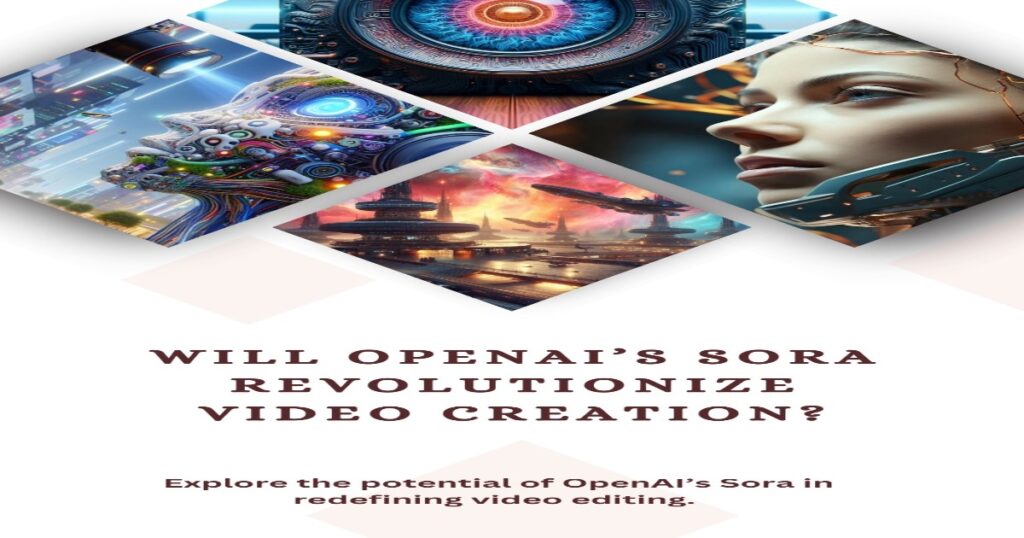

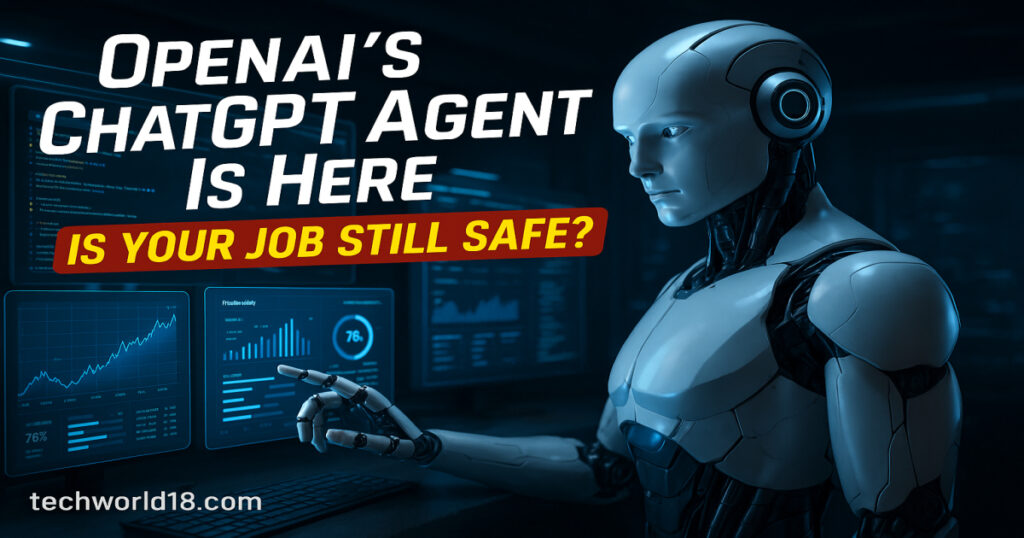
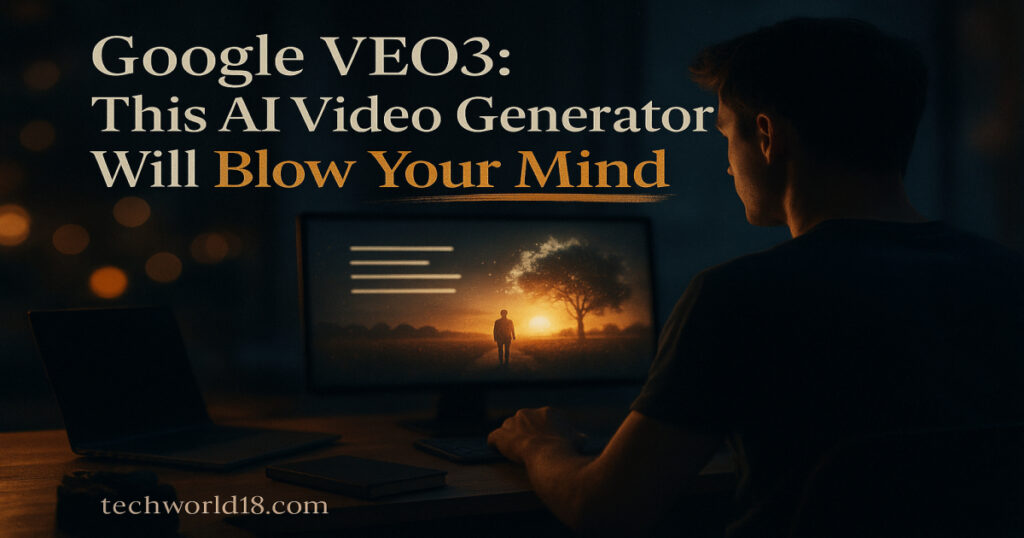
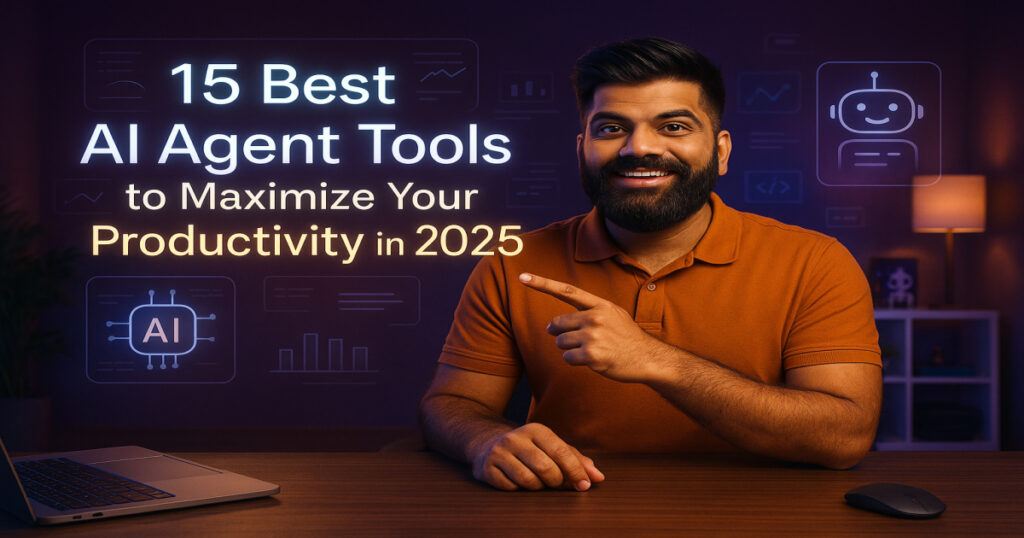

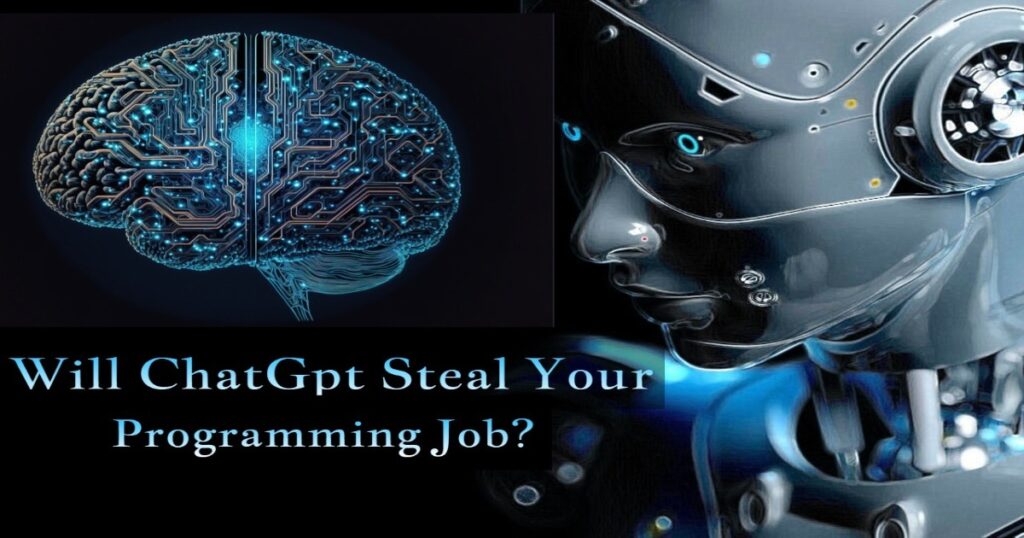
Pingback: Elon Musk's Potential TikTok Acquisition: China's Strategic Response to U.S. Ban - Techworld18
I am always browsing online for articles that can benefit me. Thank you!
Good write-up, I’m normal visitor of one’s website, maintain up the nice operate, and It’s going to be a regular visitor for a lengthy time.
you’ve gotten an excellent blog here! would you wish to make some invite posts on my weblog?
Pingback: Meet Devin: World's First AI Software Engineer Crafting Code, Creativity, and Content with a Single Prompt - Techworld18